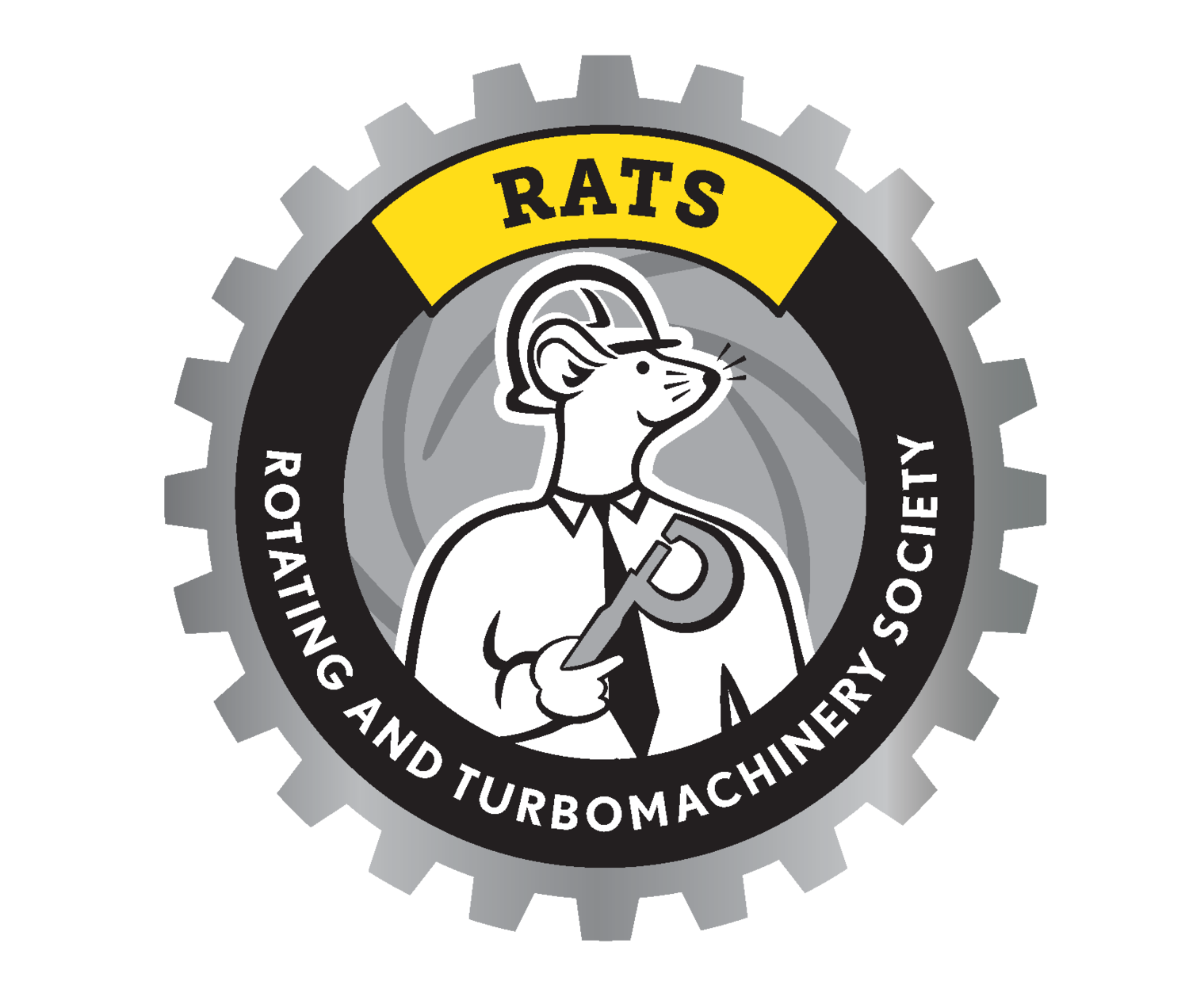Topic:
Resolution of Expansion Turbine Rotordynamic Instability at a Compressed Air Energy Storage (CAES) Facility
Instructor(s):
-
Wally Bratek is a Principal consultant in Wood’s vibration, dynamics and noise group. His more than 20 years design and field experience include acoustical (pulsation) and mechanical vibration analysis, machinery diagnostics, field testing and troubleshooting, alignment, high-speed balancing, lateral rotordynamics and piping flexibility.
Wally has presented multiple papers at industry conferences including the Gas Machinery Conference (GMC) and Vibration Institute Annual Training Conference (VIATC). He has served on API Standards 618 and 688 committees and is a member of the GMRC Gas Machinery Conference Planning Committee.
Details:
One (1) hour presentation, including up to 15 min. Q&A
Description:
Renewables can provide economical carbon-free electricity, but due to inconsistent weather, power from solar and wind is intermittent. Technologies that can temporarily store electricity to firm-up the supply from renewables will allow electricity grids to meet energy demand with a lower carbon footprint. In compressed-air energy storage, excess renewable electricity is used to run compressors that inject air into underground caverns. When electricity is needed, the compressed air is expanded through turbines to generate electricity. A water injection system moderates the pressure in the cavern and allows the machinery to operate at consistent operating pressures.
This case study focuses on rotordynamic instability that was experienced on one of the expansion turbine stages during commissioning of a compressed air energy storage (CAES) facility in Ontario, Canada. The turbine which experienced the vibration is a two-stage, integrally geared, radial turbine powered by heated compressed air and coupled to an 1,800 kW induction generator. The turbine rotor is equipped with tilt-pad bearings and operates at 42,000 RPM.
Broad-spectrum sub-synchronous vibration was experienced on the rotor during the initial runs, which was determined to be due to aerodynamic instability. The vibration caused the turbine to trip prior to reaching the full power operating condition. Swirl brakes, a flow straightener in the turbine exhaust, and reduced bearing oil supply temperature were implemented during commissioning with limited improvements to rotor stability. The thrust balance pressure and resulting thrust load also showed only a minor influence on rotor stability.
The rotordynamic simulation model was then investigated to duplicate the field test results and determine potential design or operating changes to increase the stability margin. The original rotor model confirmed marginally stable results at the design operating conditions. However, subsequent analysis determined that start-up operating conditions resulted in reduced stability margin.
Experimentation in the field established that with careful control of the turbine inlet variable nozzles that manage mass flow and interstage pressures, as well as manual control of impeller thrust balance pressure, successful operation to full power could be achieved without a vibration trip. Ultimately, automation and tuning of turbine inlet nozzles and thrust balance pressure allowed the turbine to be routinely started and operated to full power while avoiding or quickly passing through unstable operation.
The rotordynamics model was also used to design a squeeze-film damper bearing to significantly improve the stability margin. The new bearing was procured, along with an optimized swirl brake, and these items are available as a precaution to be installed if stability problems reappear in the future.
